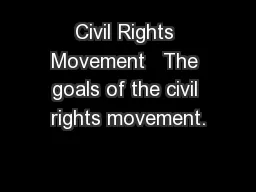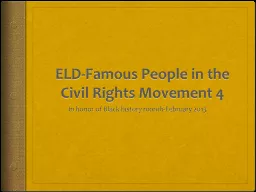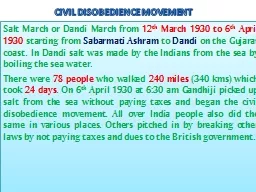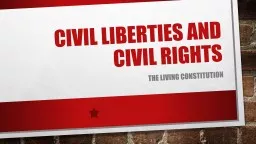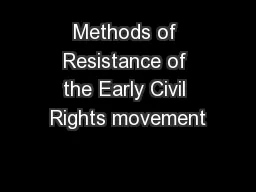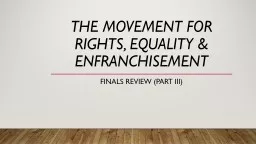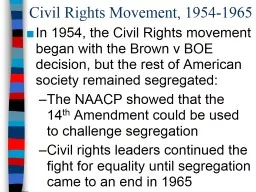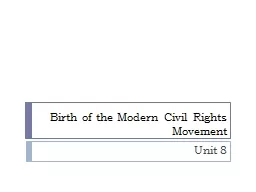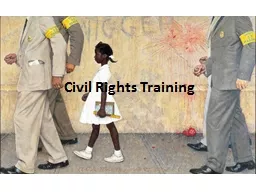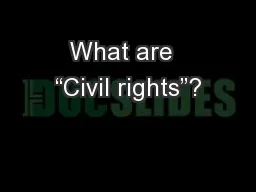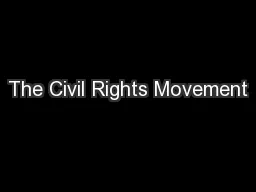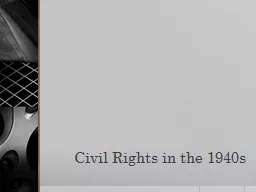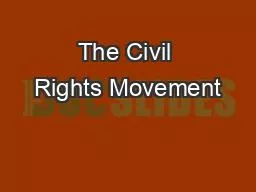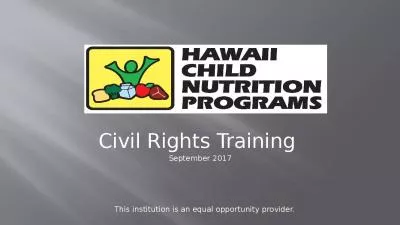PPT-Civil Rights Movement The goals of the civil rights movement.
Author : alexa-scheidler | Published Date : 2018-10-31
The goals were to desegregate schools restaurants buses and other public accommodations to freely exercise the right to vote and to win protection against intimidation
Presentation Embed Code
Download Presentation
Download Presentation The PPT/PDF document "Civil Rights Movement The goals of the..." is the property of its rightful owner. Permission is granted to download and print the materials on this website for personal, non-commercial use only, and to display it on your personal computer provided you do not modify the materials and that you retain all copyright notices contained in the materials. By downloading content from our website, you accept the terms of this agreement.
Civil Rights Movement The goals of the civil rights movement.: Transcript
Download Rules Of Document
"Civil Rights Movement The goals of the civil rights movement."The content belongs to its owner. You may download and print it for personal use, without modification, and keep all copyright notices. By downloading, you agree to these terms.
Related Documents

